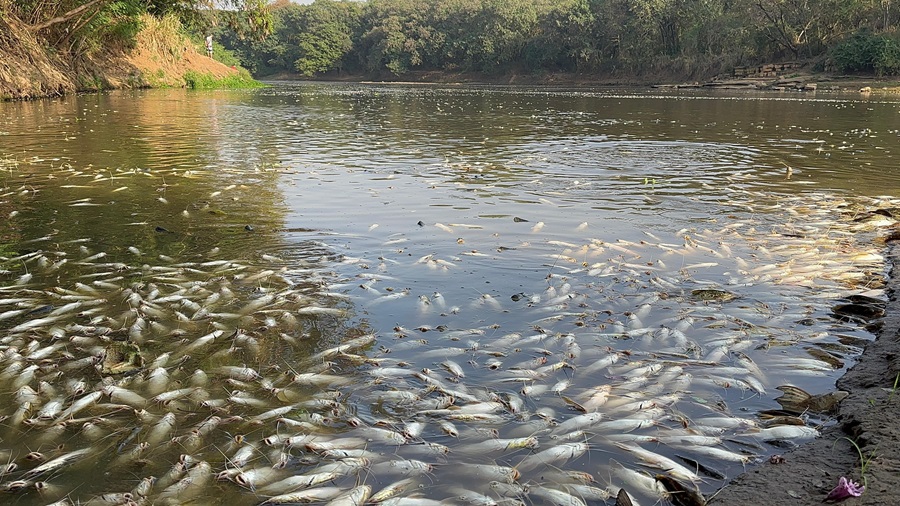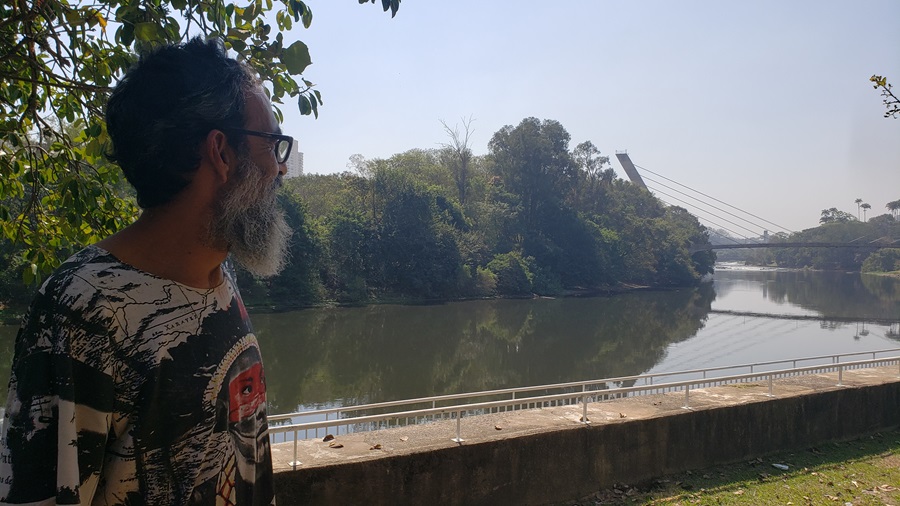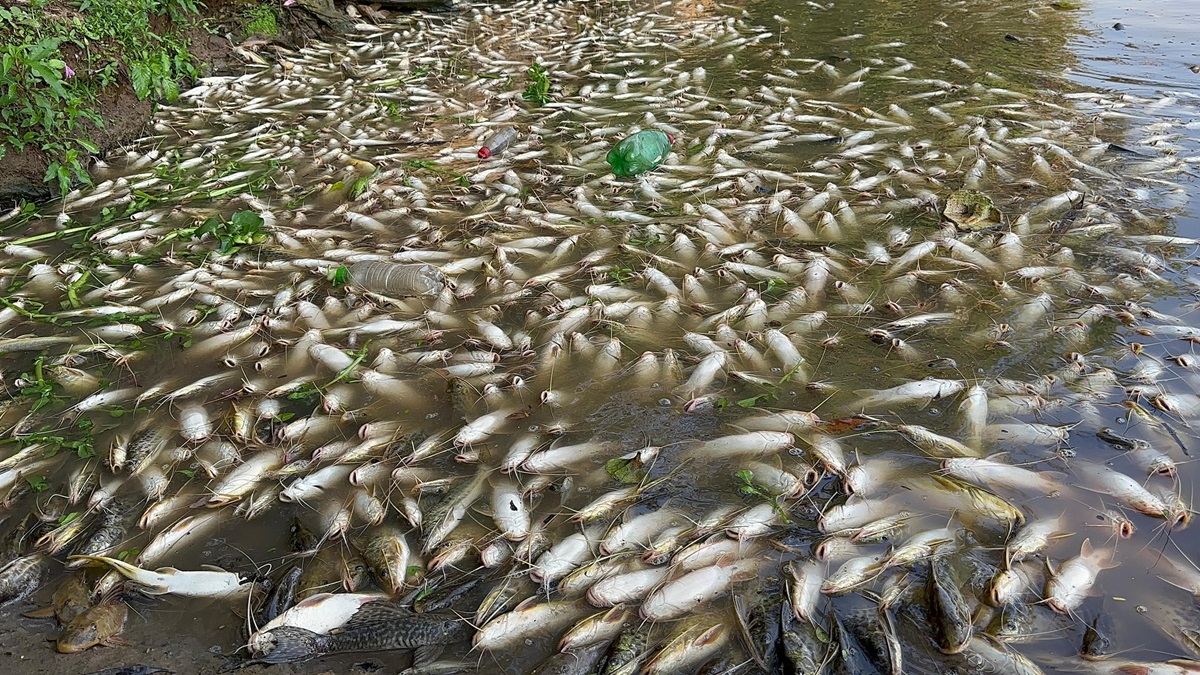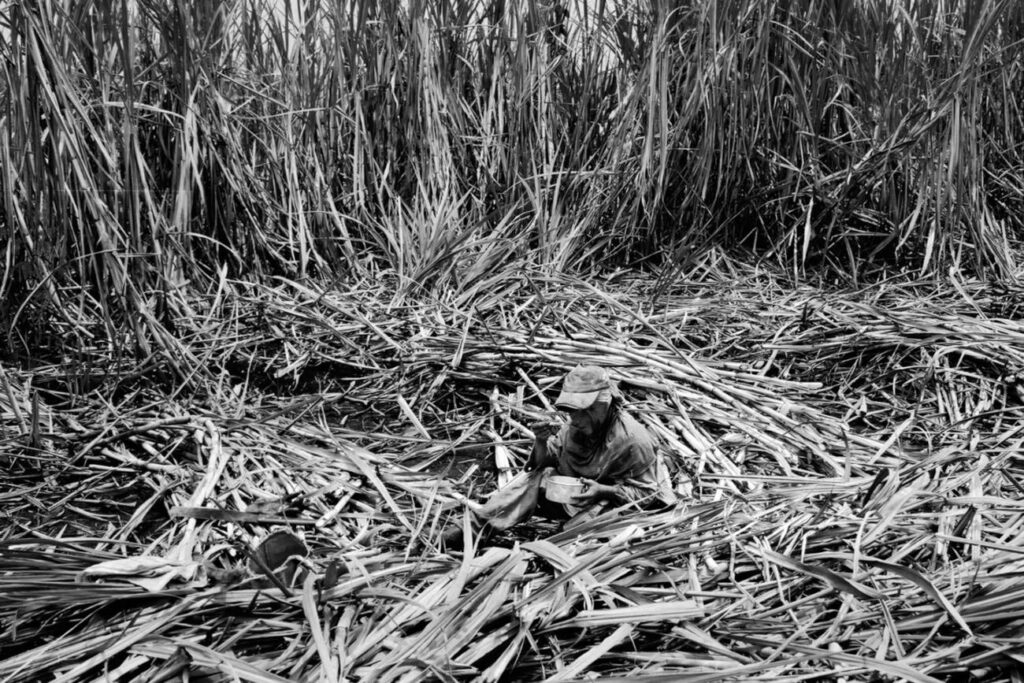AJINOMOTO, a Japanese multinational food corporation, has become one of the focused companies in an investigation for a molasses spill that allegedly killed at least 235,000 fish in the Piracicaba River, in southeastern Brazil. The mass fish death occurred in July of this year and is considered the largest environmental disaster ever recorded in the river. The Public Prosecutor’s Office is investigating whether Ajinomoto was one of the companies that received molasses produced by Usina São José, which is under investigation for the spill. Usina São Josédenies responsibility for the deaths.
The Public Prosecutor’s investigation also seeks clarification on possible relations between the companies of the Farias Group, which manages Usina São José, and Raízen, a joint venture between Cosan and Shell. The prosecutor bases his investigation on another legal case in which Raízen seeks supplies from the Farias Group.
Prosecutor Ivan Carneiro Castanheiro, who is leading the investigation, sent an official request this week to Usina São José, asking for documents about its commercial relations. “It is important to note that, for now, this is just a line of inquiry. If there is a partnership agreement where both partners assume risks, there may also be civil liability for other companies,” he explained.
When contacted by Repórter Brasil, Raízen neither confirmed nor denied ongoing commercial relations with the Farias Group but emphasized that “it continuously monitors its suppliers and their adherence to the company’s code of conduct, encouraging the adoption of best practices and full compliance with the law, which, if violated, may result in the termination of such a partnership.” See the full responses from the companies here.
Ajinomoto, meanwhile, told that “since 2019, it has had no commercial relationship with Usina São José and that the supplier has already been removed from its list of partners.” According to official investigations, the supply of molasses to Ajinomoto was reported to the Public Prosecutor’s Office by a company employee during the agency’s inspection of the plant, shortly after the molasses overflow.
According to a member of a non-governmental organization* that participated in verifying the fish deaths, interviewed by Repórter Brasil, the molasses produced by São José was to be used at Ajinomoto’s plant in the city of Laranjal Paulista. The company’s main ingredient, monosodium glutamate, a flavor enhancer known as umami, is manufactured at this facility, located 50 kilometers from Rio das Pedras, where São José is based.

When contacted, Usina São José did not respond to Repórter Brasil’s questions about possible business dealings with Ajinomoto and Raízen.
The company also stated that “it does not recognize a causal link between its operations and the fish deaths.” Read the full response here.
Castanheiro, however, has no doubts about the plant’s responsibility for the disaster. “The purpose of these requests is to identify who the recipients of the molasses were, since the tank where it was stored may have leaked. The plant sometimes denies, and sometimes admits to a small volume of overflow. We want to show what happened by also conducting this analysis,” the prosecutor said.
‘Unprecedented Tragedy’
In July, the plant was fined 3,2 million USD by the Environmental Company of the State of São Paulo (Cetesb) – one of the largest fines ever imposed by the institution – for the estimated death of 235,000 fish of different species, representing more than 50 tons of animals.
According to the agency, the molasses spill began in Ribeirão Tijuco Preto, a tributary of the Piracicaba River located near the plant, and traveled about 70 kilometers before reaching the Tanquã Environmental Protection Area, a breeding ground for species.
For Evandro Gaiad Fischer, manager of Cetesb, the situation found during the inspection of Usina São José was one of “total mismanagement.” There were leaks and issues with the liquid and molasses drainage system around the storage tanks. “There is no doubt about the plant’s responsibility,” he says.
In Piracicaba and nearby cities, the historic fish die-off has affected fishermen, tourism, and commerce.
“I am the third generation of fishermen in my family. I have been fishing for 42 years. I ‘educated’ my daughters with the [money from] fish from the river. I have never seen anything like this. The river died overnight,” says Roberto Ferreira, 51, who used to sell two tons of fish per week.

“No one wants to buy our fish anymore,” laments Maria Ely, 61, one of the oldest fisherwoman on Porto Street. In her freezer, there were fish stored before the spill. “Who would want them?”
The fishermen affected by the fish die-off are receiving basic food baskets from the Piracicaba City Hall. The Public Prosecutor’s Office is seeking emergency funds from the federal government to help the families and is also demanding aid from Usina São José.
The company says that “it sympathizes with the fishermen whose activities and sources of income were harmed by the July 2024 events, but reaffirms that it was not responsible for the fish deaths.”
A decade for fauna recovery
For Brunno da Silva Cerozi, a professor at the Luiz de Queiroz College of Agriculture at the University of São Paulo, it will take a decade for the fish population of the Piracicaba River to recover to its previous state.
“It takes two or three generations to form a population of adult fish. And there are other issues that we cannot yet know: did this large die-off select species, alter species dynamics?”, Cerozi analyzes.
*At the request of São José’s employees and former employees, and the NGO member who investigated the fish die-off, their names will be withheld.


